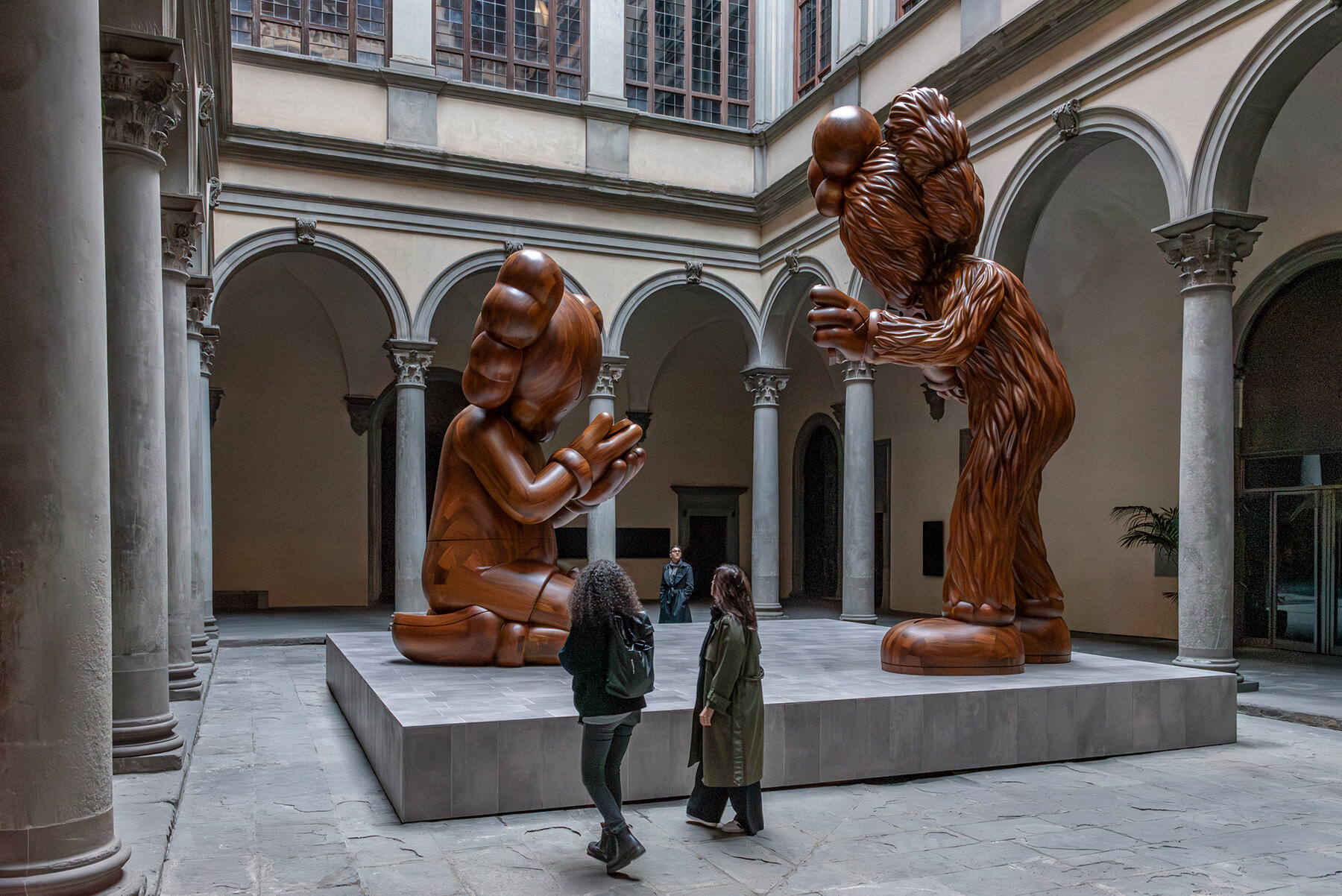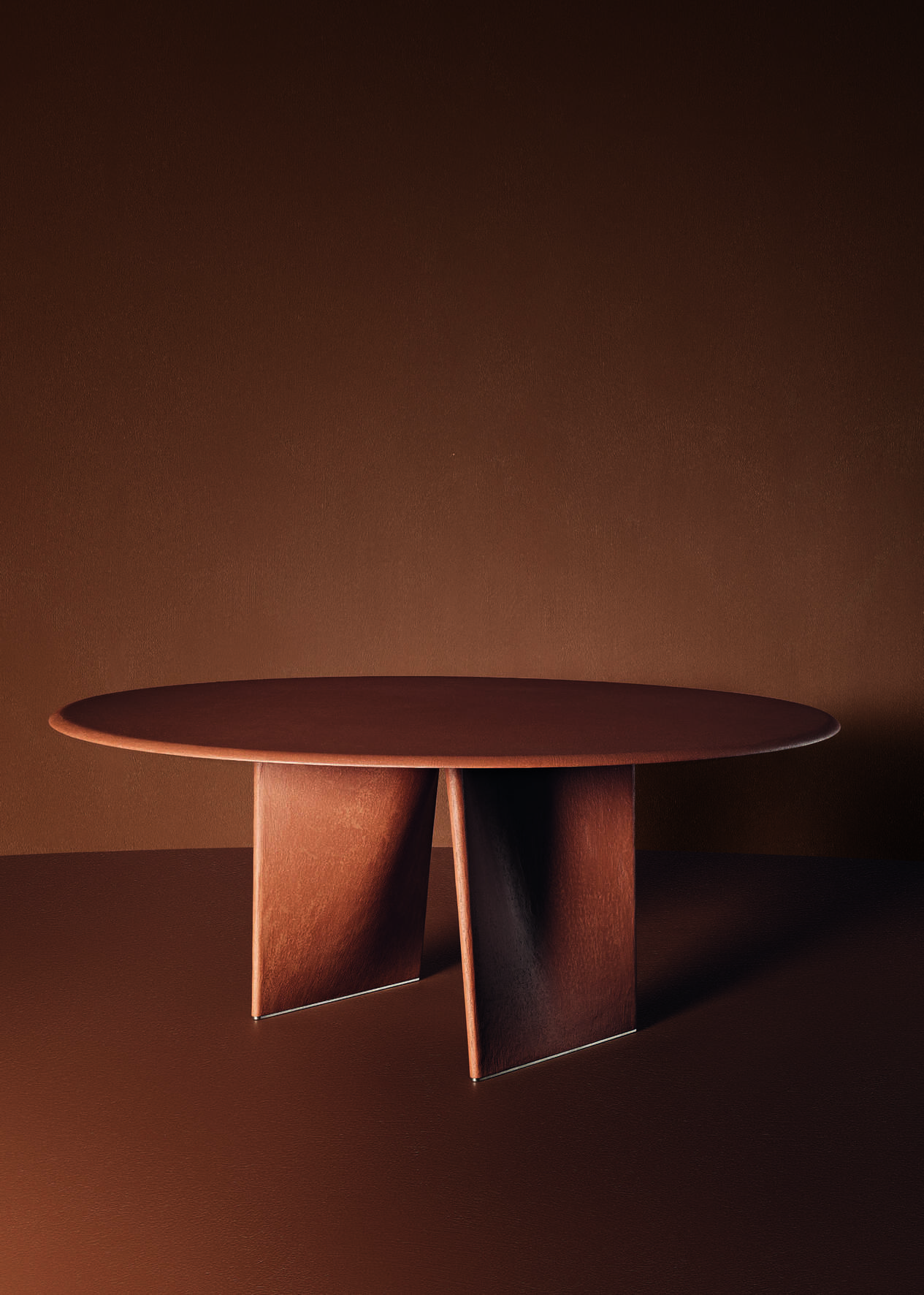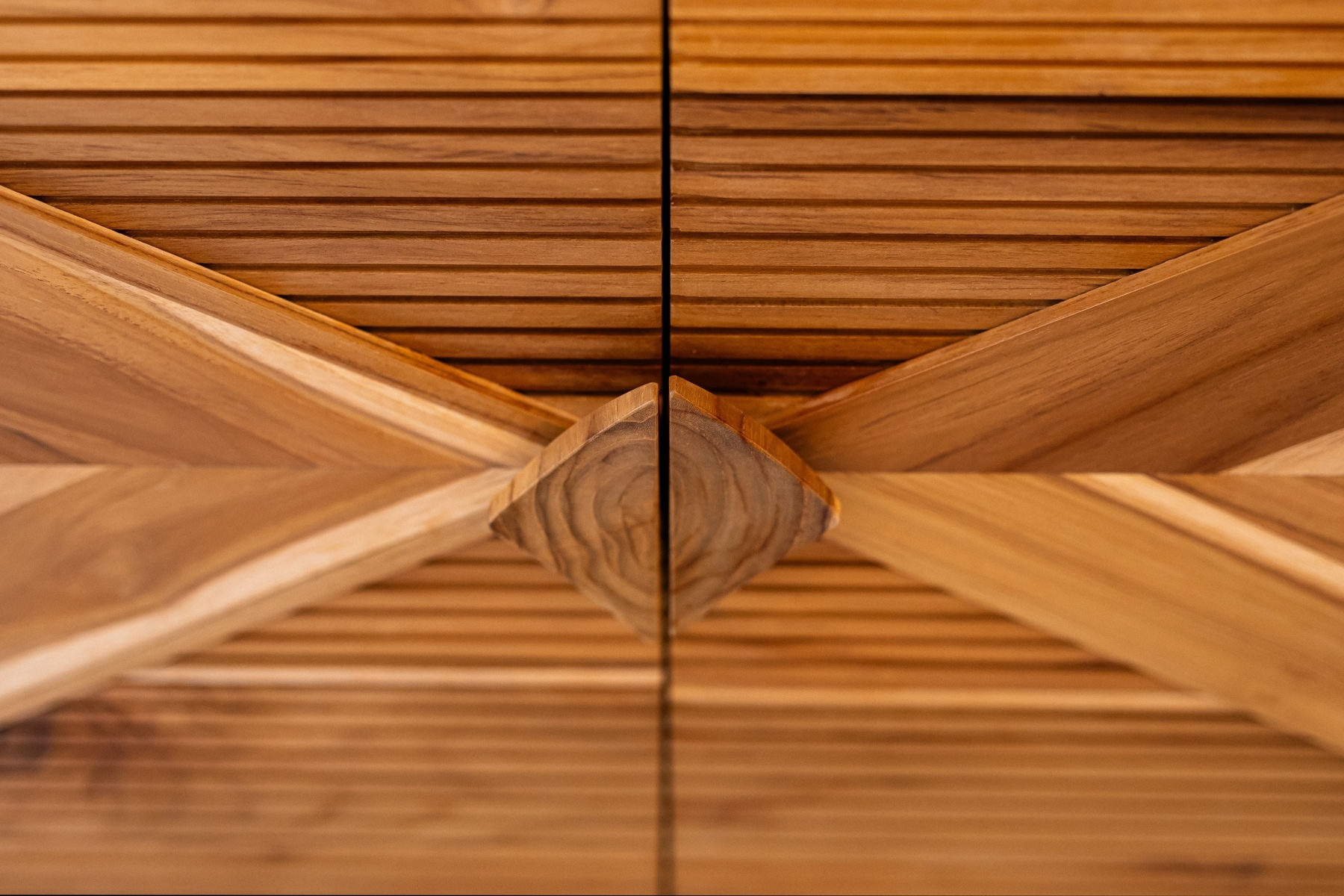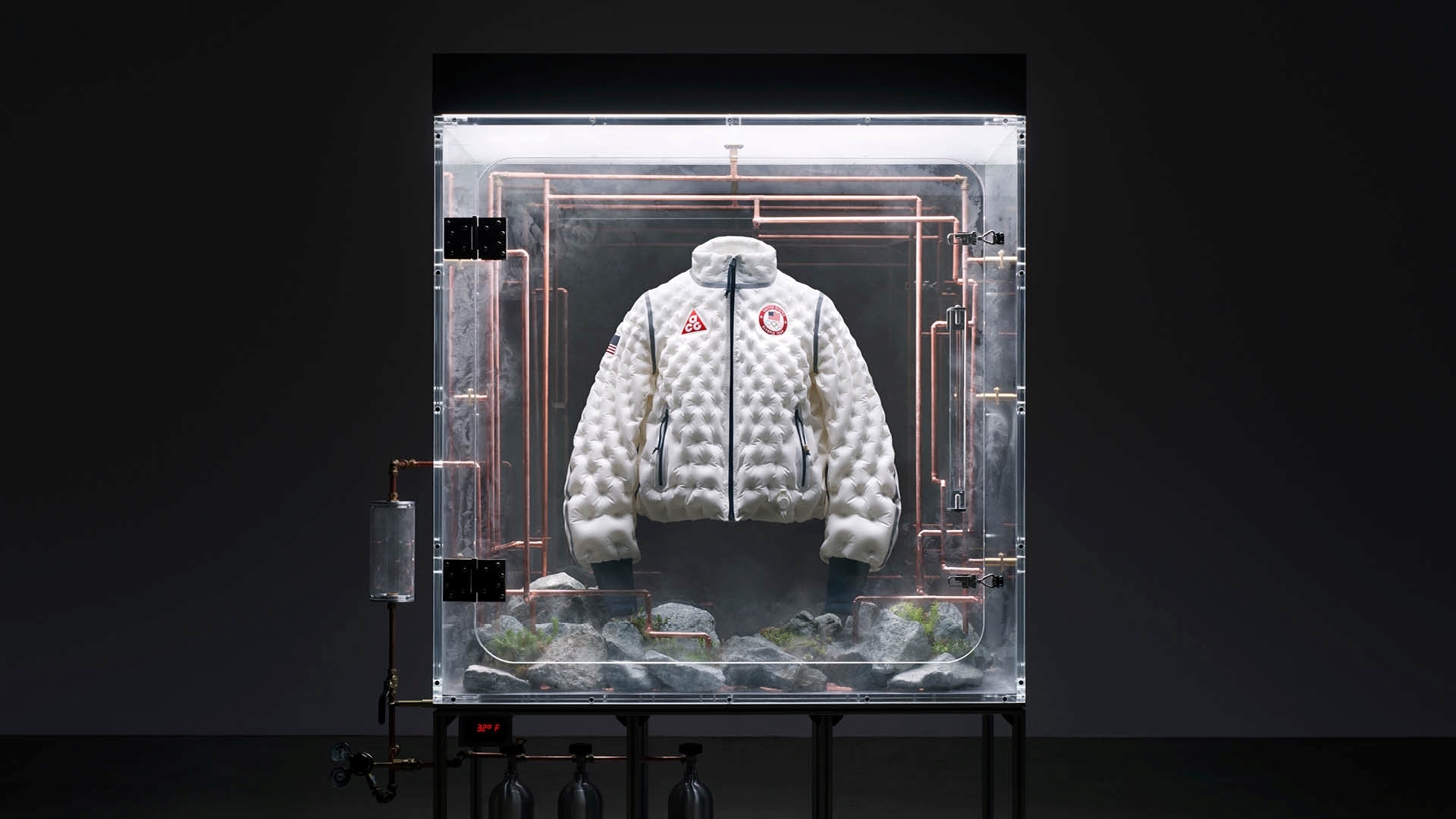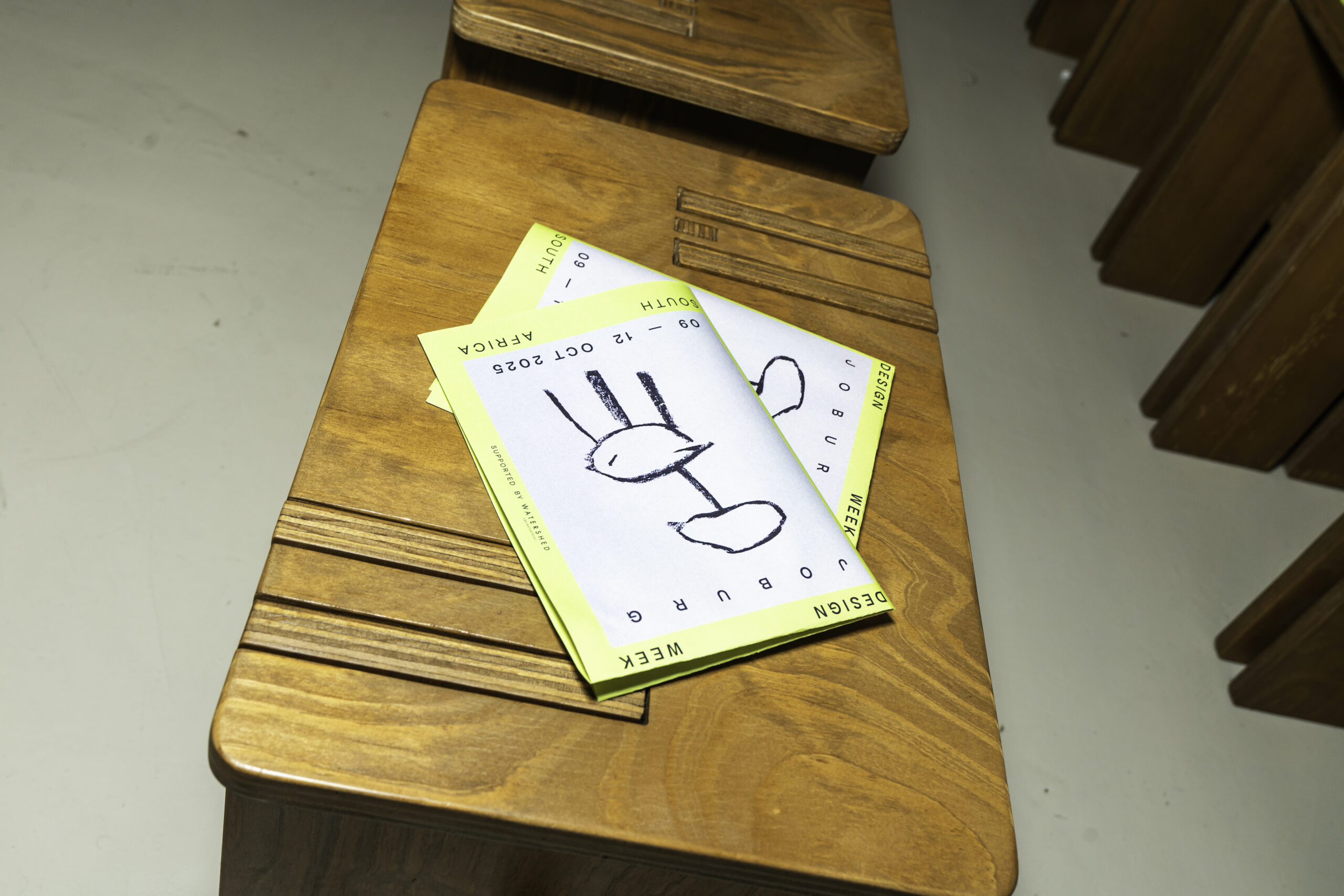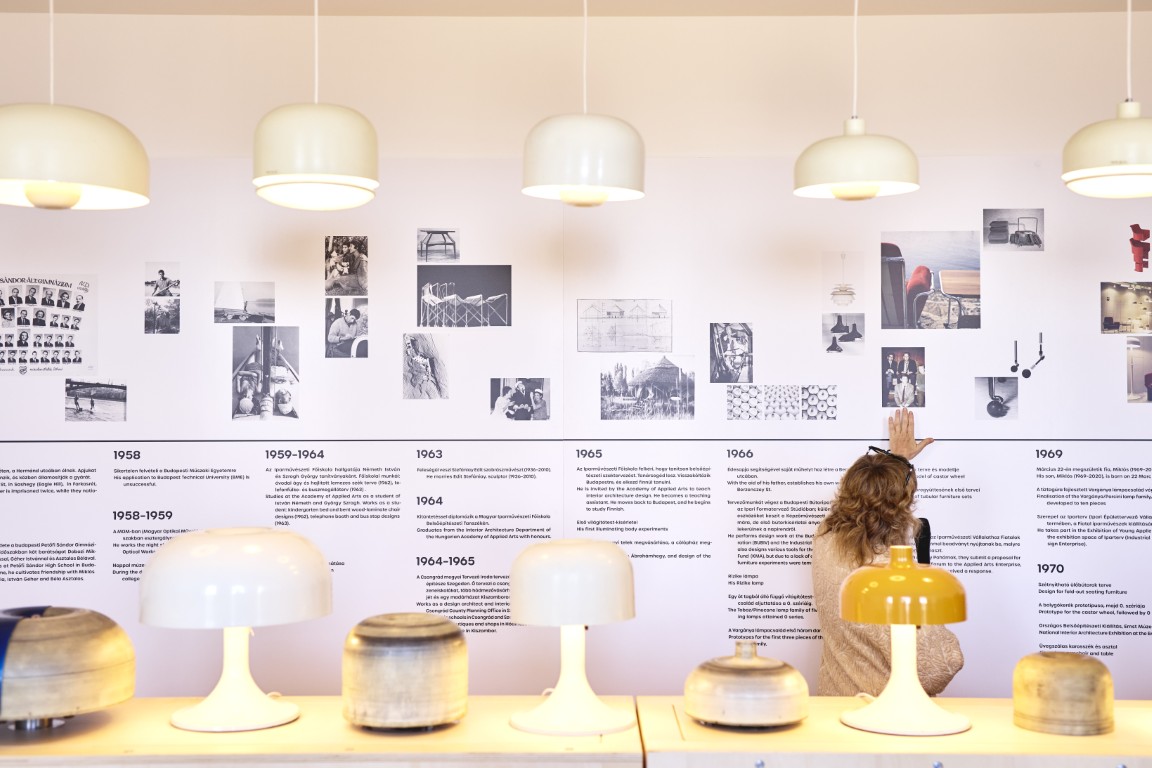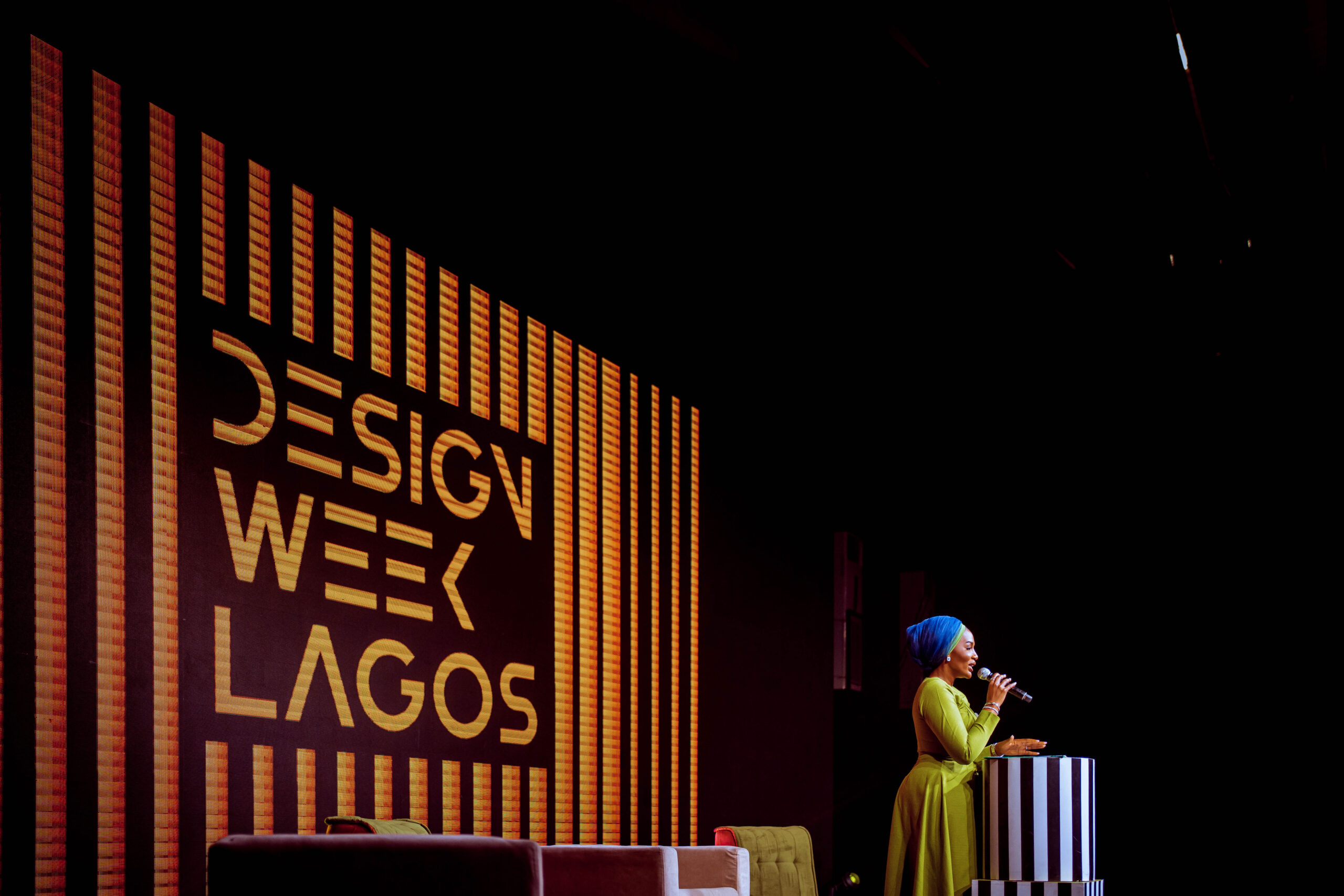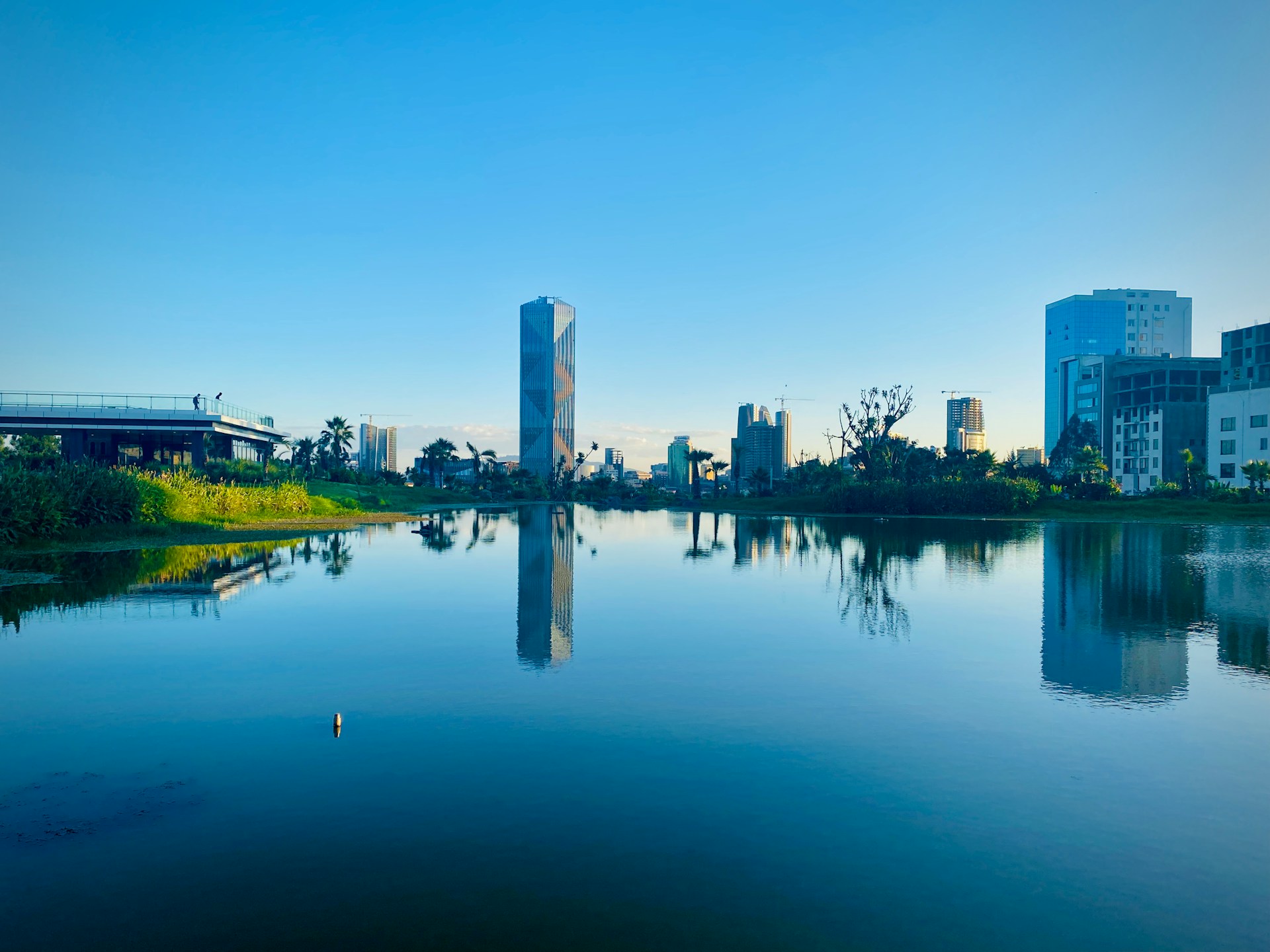Header: “KAWS: THE MESSAGE”, Palazzo Strozzi, Florence, 2025. Photo Ela Bialkowska, OKNO studio © KAWS
Stepping into the stone-paved courtyard of Palazzo Strozzi in Florence, visitors encounter a surprising scene: two monumental cartoon-like figures over six meters tall, carved from warm wood, standing amid the cool grey columns and arches. This large-scale installation, titled KAWS: THE MESSAGE, occupies one of the city’s most ordered Renaissance spaces from October 29, 2025, to January 25, 2026. The work, commissioned by Fondazione Palazzo Strozzi (with Fondazione Hillary Merkus Recordati), transforms the 15th-century loggia with KAWS’s iconic characters, bringing tactile warmth to the palazzo’s symmetrical stone arcade and creating a compelling visual contrast that invites viewers to explore the dialogue between past and present.
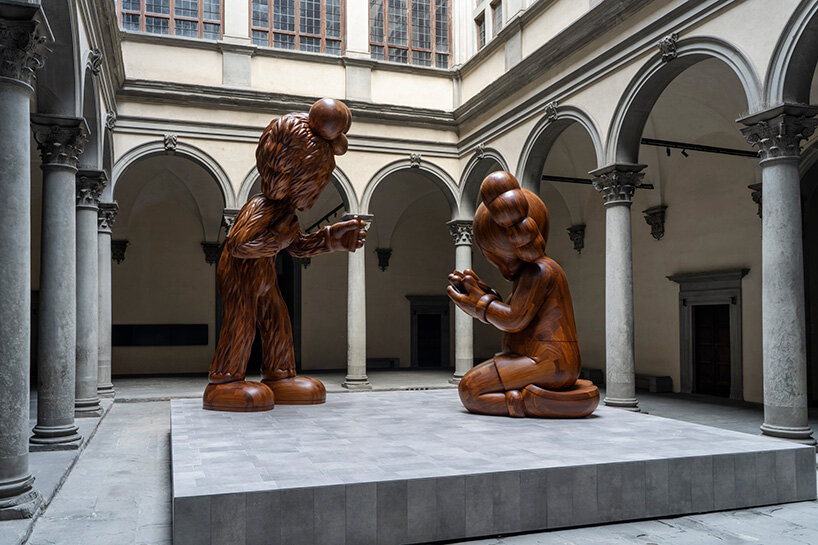
Photo Ela Bialkowska, OKNO studio © KAWS
The sculpture is a modern reimagining of a famous Renaissance artwork: Fra Angelico’s Annunciation (c. 1433), giving a critique of today’s digital society. KAWS (Brian Donnelly, b. 1974) has recreated the biblical scene with his own beloved cartoonish characters, COMPANION and BFF, standing in for the Virgin Mary and the Archangel Gabriel. In this updated version, however, the divine communication is replaced by a digital one with both figures holding smartphones. The taller figure (BFF) stands with one hand on its heart, as if delivering solemn news, while the smaller Companion crouches below, attention absorbed by the glow of a phone screen. The composition echoes the posture and tension of Fra Angelico’s painting, an angelic messenger and a receiving figure, yet here the “message” arrives via a device rather than a dove from heaven. By transplanting this scene into the digital age, KAWS compares a sacred dialogue with modern isolation.
The installation’s title, “THE MESSAGE,” invites multiple interpretations. It directly references the Angel Gabriel’s message to Mary in Christian tradition, but it also prompts us to ask: what is the message today? The artist doesn’t give us an answer, but instead, the public is invited to interpret the scenario themselves. The presence of smartphones, omnipresent in modern daily life, is key. These devices are portrayed almost as holy objects: tools of connection whose screens cast an eerie light akin to a spiritual aura. As the curators note, the phones here underline their “almost sacred status in today’s world”. By placing smartphones in an otherwise timeless, reverent scene, the work pointedly highlights how our glowing screens have become symbols of devotion, obsession, and even salvation in the modern age.
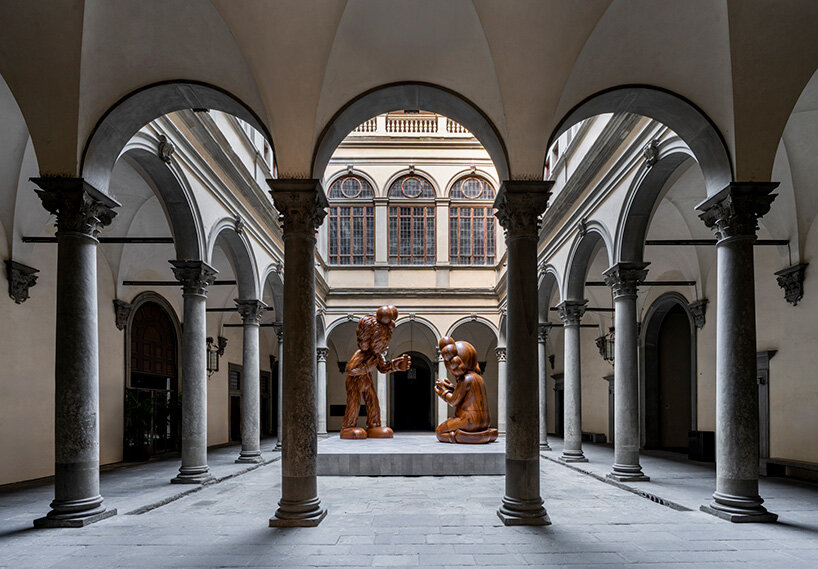
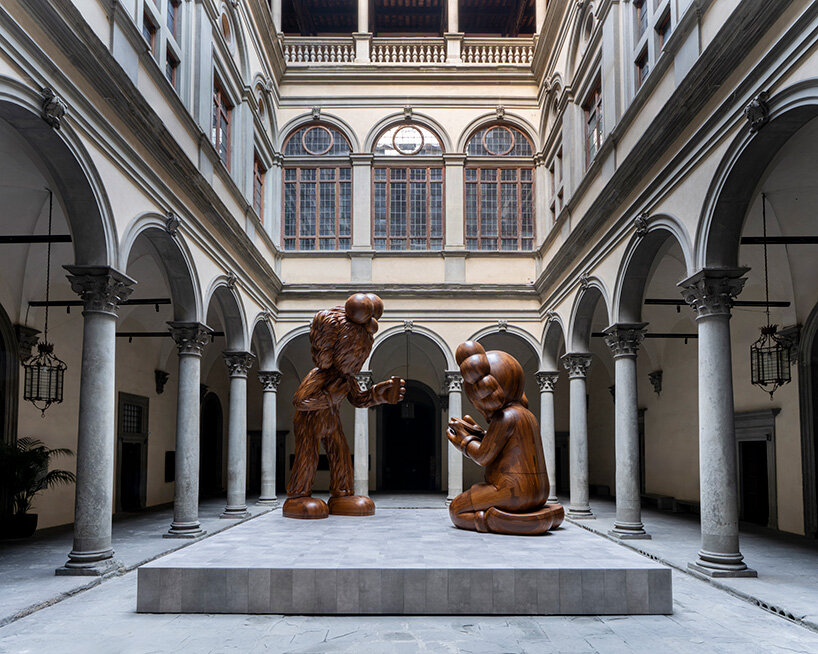
Photo Ela Bialkowska, OKNO studio © KAWS
Technology, Isolation and Connection
KAWS‘s The Message speaks to a broader theme many people can relate to: how technology mediates our relationships. In the middle of a busy Florentine plaza, the two figures stand engrossed in their devices, mirroring a familiar real-life scene, people in any city square, gazing down at their phones instead of each other. It’s a poignant commentary on digital-age isolation and connection. Like other contemporary artworks before it, The Message asks viewers to consider how technology that links us to the world can also erect invisible walls between us. The scene recalls Banksy’s famous 2014 mural “Mobile Lovers,” which depicted a couple embracing while secretly looking at their phones.
Similarly, in the light sculpture Absorbed by Light (2018), artist Gali Lucas portrayed three people on a bench bathed in the cold glow of their phones, noting that this “light that rules our lives is sometimes our only means of connection, yet it also isolates us completely”.
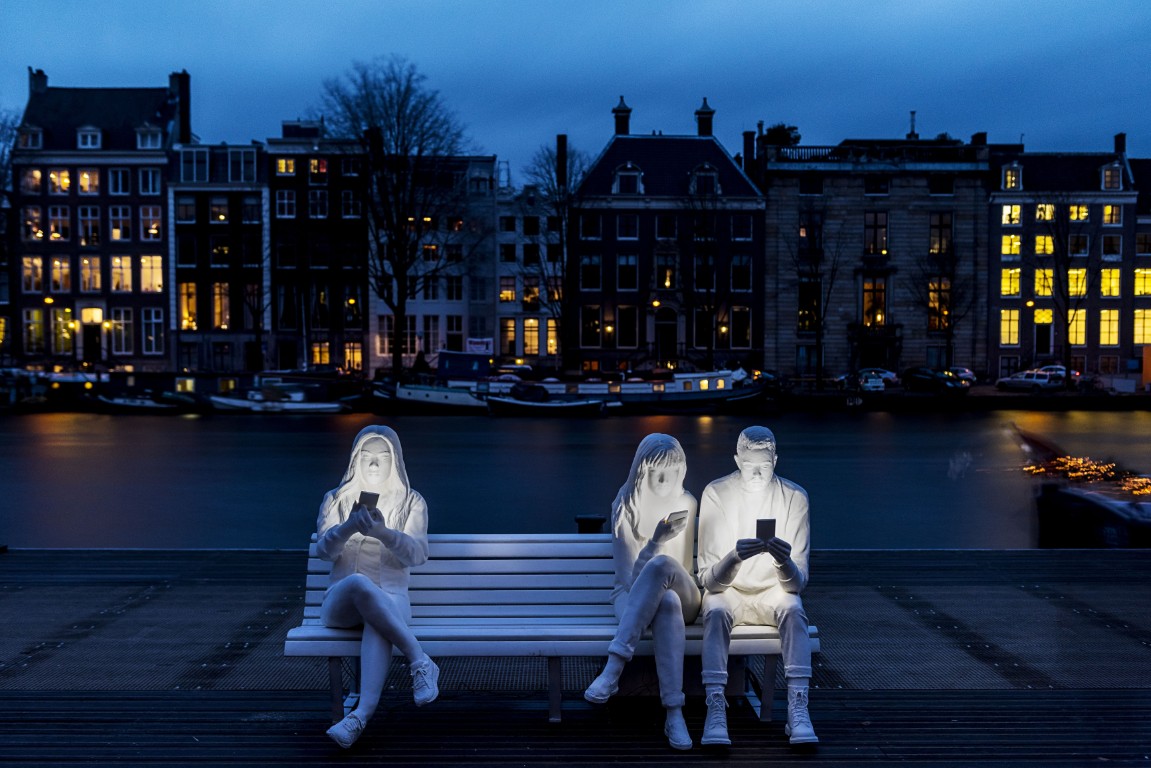
In The Message, KAWS uses the familiar imagery of his Companion (a gray skull-headed character with X-ed out eyes) and BFF (a fuzzy bright-blue figure) to make the theme accessible and emotionally resonant. Both characters are known for expressing human emotions like melancholy, vulnerability and hope. Here, their body language, with one anxiously hunched over a device and the other gesturing earnestly, conveys a sense of longing and loneliness that surpasses language or culture. The installation, therefore, taps into universal feelings in the digital era: the mix of connectedness and solitude that comes from living on our screens. Surrounded by the heavy silence of the Renaissance arcade, the two figures almost seem like worshippers in a tech-driven ritual, provoking onlookers to reflect on their own communication habits.
KAWS’s Vision and a New Audience
For KAWS, bridging the gap between “high” art and popular culture has always been part of his artistic vision. From his beginnings as a graffiti artist to designing toys and streetwear, KAWS has developed a highly recognisable visual language that is playful yet provocative. His trademark cross-eyed characters draw on comics and animation, but carry emotional weight and social commentary that have earned him recognition in the fine art world. By placing The Message in Palazzo Strozzi, KAWS continues his exploration of shared symbols and hybrid figures that engage a broad audience beyond the traditional museum visitors. The intent is not only to dialogue with art history, but to speak to younger generations and fans of contemporary design who might not usually step into a Renaissance palace. In this sense, the audience for The Message is truly everyone, from local Florentines to international tourists, from art enthusiasts to casual passersby lured in by the giant figures in the courtyard.
Importantly, the installation is free to visit and is located in an open-air courtyard accessible to the public daily. This open display is a deliberate choice and a hallmark of KAWS’s approach, blurring the lines between public art and institutional exhibition. The Message doesn’t sit behind a gallery wall; it lives amid a public space, encouraging spontaneous interaction, selfies, and personal moments with the work. This aligns perfectly with Palazzo Strozzi’s mission through its Future Art program: to generate new perspectives between past and future, and to make contemporary art an engaging, participatory experience. By inviting visitors of all backgrounds to literally walk up to these modern giants in a Renaissance court, the project democratises the art experience, reflecting KAWS’s belief that art can be both elite and pop, intellectual and fun.
It is no coincidence that Palazzo Strozzi has become the stage for such a conversation. The palazzo itself, a masterpiece of Florentine Renaissance architecture, has, in recent years, evolved into a dynamic laboratory for contemporary artabitare. Built between 1489 and 1538 by the Strozzi family, the palazzo is famous for its harmonious proportions and a grand central courtyard designed by Simone del Pollaiolo (Cronaca). This courtyard, with its elegant arcades and symmetry, was once a symbol of Renaissance order and family prestige. Today, it serves as one of the most refreshing spaces for site-specific installations in Florence. Curators have discovered that the dialogue between the ancient stone geometry and contemporary artworks works wonderfully and that something that might have seemed like it could rival each other, inspires conversation and provokes thought. As Arturo Galansino, Palazzo Strozzi’s director and the curator of The Message, has demonstrated with past projects, juxtaposing old and new can be shocking and enlightening in equal measure.
Palazzo Strozzi’s courtyard has hosted a series of bold installations over the last decade, each interacting with the historic setting in different ways. Often, these projects address urgent modern themes, creating a bridge across centuries in the city’s very fabric. Notable examples include:
- Ai Weiwei’s Reframe (2016) – an installation of bright orange rubber lifeboats clinging to the palazzo’s windows, evoking the refugee crisis and starkly contrasting the stone facade.
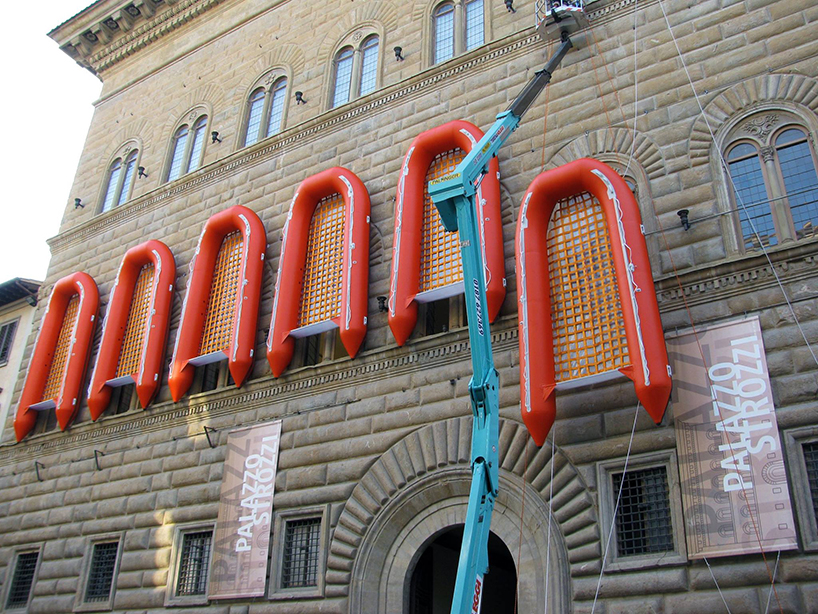
- Carsten Höller’s The Florence Experiment (2018) – a pair of twisting slides that let visitors careen through the courtyard from the second floor, part of an art-and-science experiment about human interaction with plants.
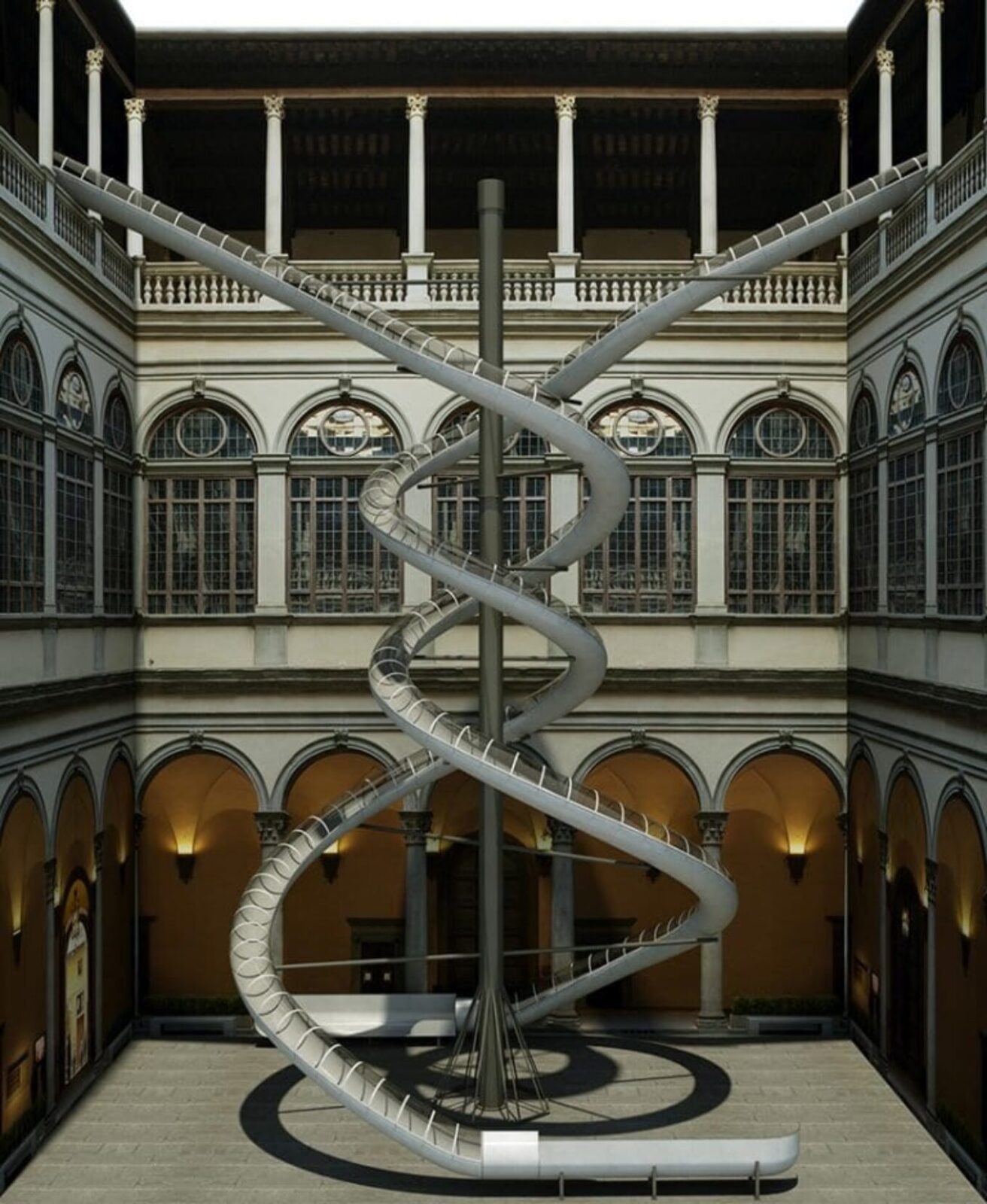
- Tomás Saraceno’s Thermodynamic Constellation (2020) – a cluster of monumental reflective spheres suspended in the courtyard, exploring sustainable relationships with the environment.
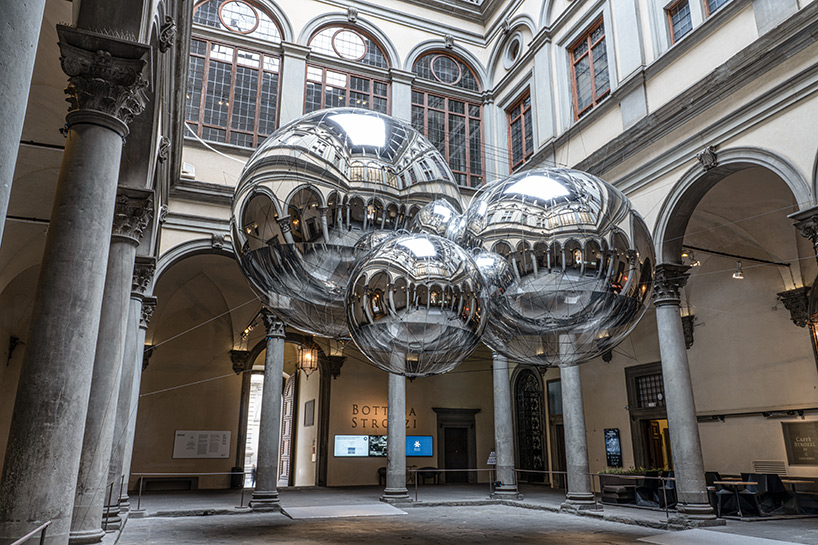
Even beyond Palazzo Strozzi, Florence has seen striking dialogues between contemporary art and its Renaissance heritage. In 2015, for instance, American artist Jeff Koons installed his shiny gold sculpture Pluto and Proserpina in Piazza della Signoria, right next to the medieval Palazzo Vecchio and in sight of Michelangelo’s David. These precedents made the stage for KAWS’s intervention. They show a city increasingly embracing contemporary voices in its historic heart, using contrast and juxtaposition as a form of dialogue rather than disrespect.
KAWS: THE MESSAGE at Palazzo Strozzi thus stands not only as a playful reworking of a sacred scene, but as a symbol of Florence’s evolving identity as a city of art. The installation creates common ground between a 15th-century friar’s painting and a 21st-century artist’s imagination, between a Renaissance palace and the global digital culture. By engaging with Fra Angelico’s Annunciation, KAWS pays homage to Florence’s past; by rendering the scene in the language of today’s visual culture (with big friendly characters and smartphones), he speaks to the present, and perhaps the future, of how we communicate and find meaning.
Ultimately, The Message prompts viewers to contemplate: What truths or connections are we seeking through our screens? Are our smartphones bringing us closer to an enlightened state, or do they leave us kneeling, isolated in a pool of light? These questions echo powerfully in the hallowed courtyard of Palazzo Strozzi. The installation’s warm wooden figures and glowing screens may fade after January 2026, but the conversation it inspires, about technology, humanity, and the continuity of art across time, is destined to echo far beyond the palazzo’s walls.


